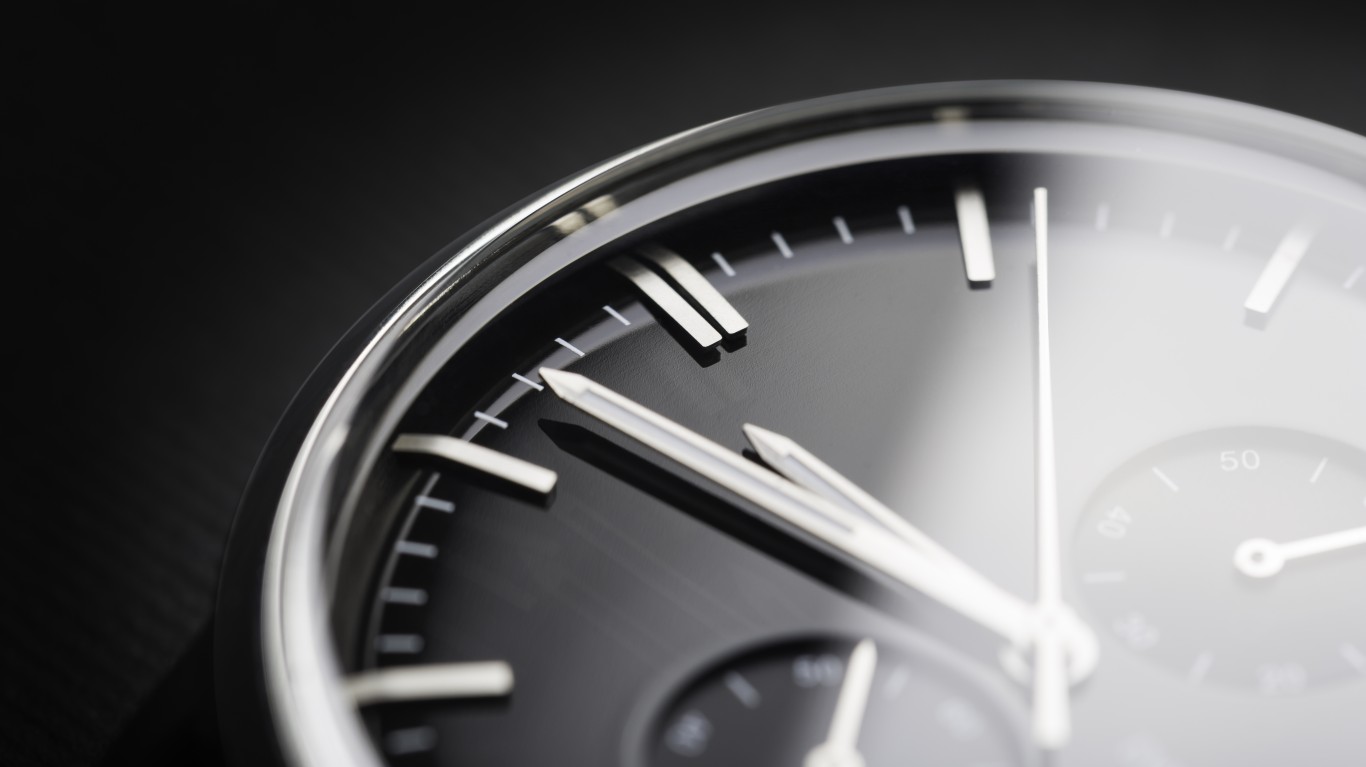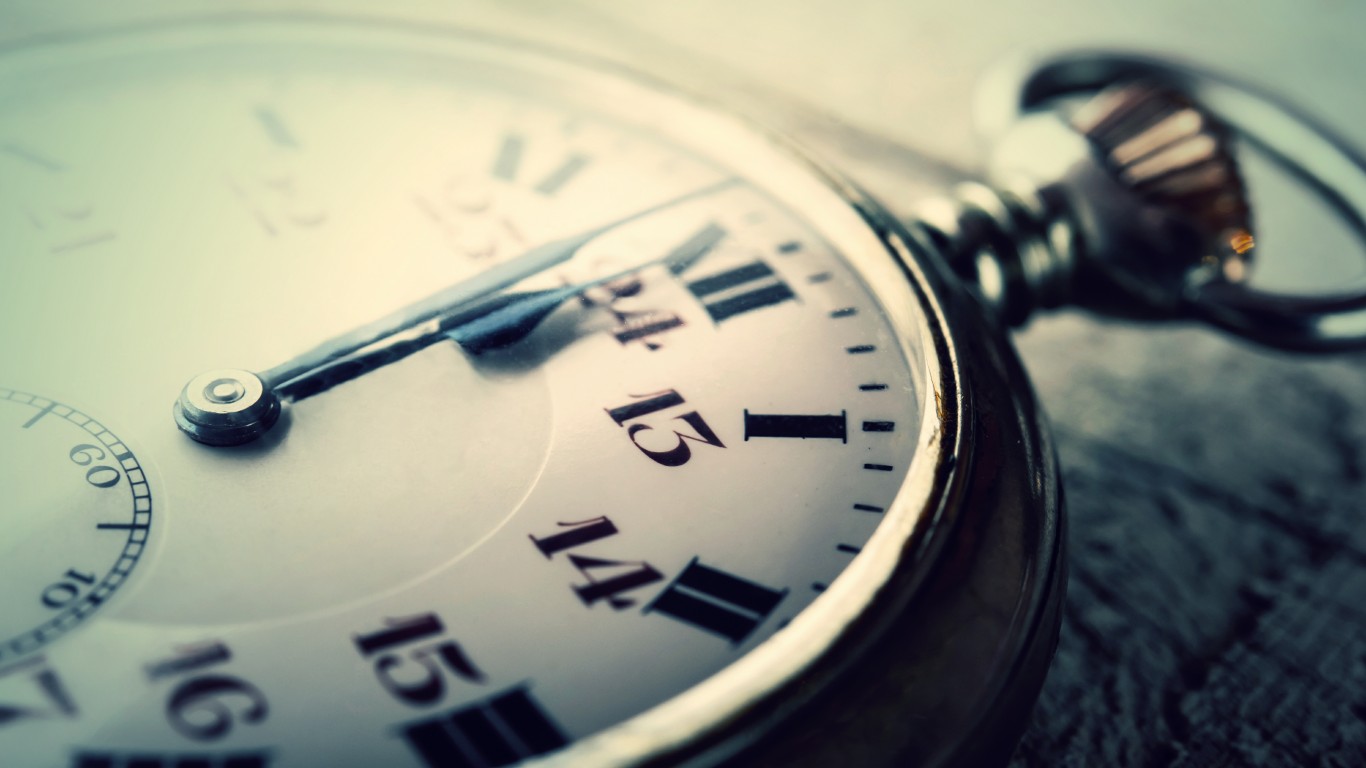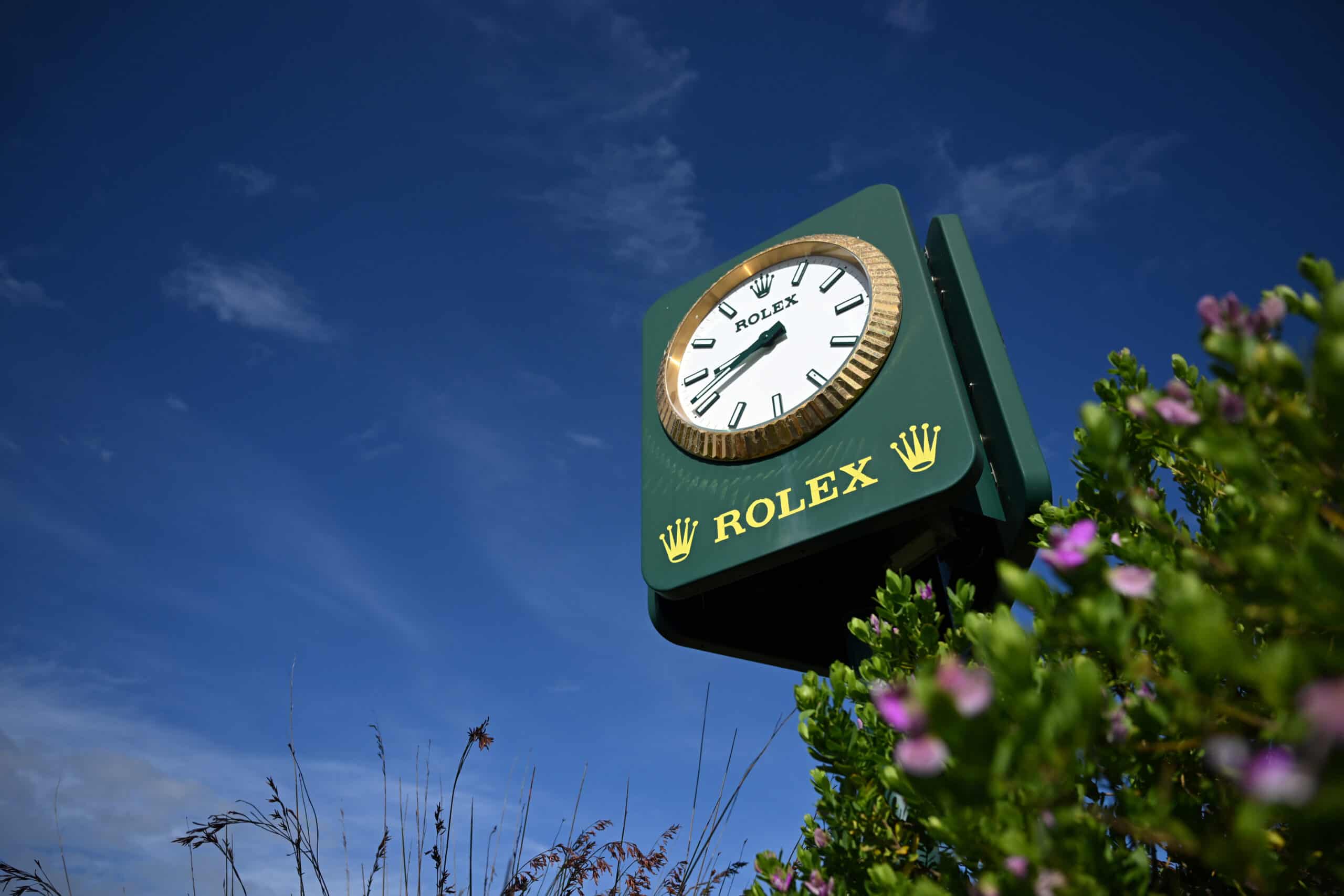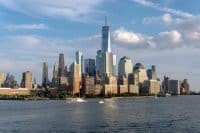
Rolex is one of the most notable luxury watch brands in the world. When most people think about a statement timepiece, Rolex is first and foremost on the list. While this doesn’t mean they actually are the nicest watches out there, it’s hard not to acknowledge the massive marketing success the brand has experienced. But who is behind this success? Today, we’re going answer the question, “Who Really Owns Rolex?” Plus, I want to learn a bit about its history and some of the subsidiary companies under the Rolex umbrella. Let’s get started.
To compile this information, 24/7 Wall Street used founding information on Rolex’s website, plus accessed some publicly available information from Watchmasters & Company. Using that information, we state the structure of the company, then detail its current subsidiaries and other important historical information.
Who Owns Rolex?

Who owns Rolex? Rolex was founded by Hans Wilsdorf, who owned the company until ownership was given to the Hans Wilsdorf Foundation, which is a private family trust, in 1960.
Rolex is a privately owned company based out of Geneva, Switzerland. It was historically owned by the founder, Hans Wilsdorf, who originally named the company Wilsdorf and Davis. In 1915, its name was changed to Rolex Watch Co. Ltd, then Montres Rolex SA in 1920, and eventually Rolex SA, which is what the technical name of the company is today.
The History of Rolex

Rolex was founded in 1905 when Hans Wilsdorf and his brother-in-law, Alfred Davis, founded their own watch company in London, England. The company was initially named Wilsdorf and Davis and was founded with the purpose of expanding on the ideas of Hermann Aegler, specifically Swiss movements in small watch cases. Wilsdorf came up with the brand name in 1908, hoping to create a name that could easily fit on the face of a watch and could be easily pronounced in all sorts of native languages. Wilsdorf also felt that the name was onomatopoeic, essentially meaning that saying “Rolex” sounded like a watch being wound, at least to him.
Rolex During the War Years

World War I meant some tough times for Rolex but also some big moves. In 1915, the company officially changed its name over to the now-famous Rolex, under the name Rolex Watch Co. Ltd. Around the same time, the company was moved to Switzerland, where it still is today.
During that time, Wilsdorf began focusing on a way to stop dust and moisture from getting under the crown, eventually coming up with a water-tight method he named the “oyster,” a name familiar to almost any watch hobbyist.
In 1944, Wilsdorf’s wife passed away, prompting him to create the Hans Wilsdorf Foundation. The foundation, which exists today, is a private trust that owns all of his shares, with the intention of using much of that income for charity.
Rolex Today

When Hans Wilsdorf himself passed in 1960, Rolex SA was fully passed to the Hans Wilsdorf Foundation, the foundation that still owns all of his shares to this day. The company is headquartered in Geneva, Switzerland, and is run by Jean-Frédéric Dufour, the CEO.
Today, it’s widely recognized as one of the most prestigious watch companies in the world and has a legacy that will continue for decades to come. Through sponsored events and more, Rolex is often associated with celebration and career progress. Additionally, the company has created branded subsidiaries, many of which are well-known themselves.
Subsidiaries of Rolex

Today, Rolex SA has two major brands, Montres Tudor SA and Bucherer AG.
Montres Tudor SA, more commonly known as Tudor, is another watch company that makes watches geared towards military and professional use. During the ’60s and ’80s, for example, the Submariner line was issued to Navy SEALS and the French Marine Nationale. While they are commercially available today, Tudor still draws much of its inspiration from its history and past clientele.
Bucherer AG is also a watch brand, but it isn’t widely recognized like Rolex and Tudor are. This is primarily because the brand is more focused on its retail stores than on its own watch brand. The first Bucherer location ever opened was the largest jeweler in the world at the time. You can find them today in major cities around the world.
The Average American Has No Idea How Much Money You Can Make Today (Sponsor)
The last few years made people forget how much banks and CD’s can pay. Meanwhile, interest rates have spiked and many can afford to pay you much more, but most are keeping yields low and hoping you won’t notice.
But there is good news. To win qualified customers, some accounts are paying almost 10x the national average! That’s an incredible way to keep your money safe and earn more at the same time. Our top pick for high yield savings accounts includes other benefits as well. You can earn up to 3.80% with a Checking & Savings Account today Sign up and get up to $300 with direct deposit. No account fees. FDIC Insured.
Click here to see how much more you could be earning on your savings today. It takes just a few minutes to open an account to make your money work for you.
Our top pick for high yield savings accounts includes other benefits as well. You can earn up to 4.00% with a Checking & Savings Account from Sofi. Sign up and get up to $300 with direct deposit. No account fees. FDIC Insured.
Thank you for reading! Have some feedback for us?
Contact the 24/7 Wall St. editorial team.

